Wondering how to spot and address fraudulent activity on your credit report? It’s a crucial skill to protect yourself financially. So, how do you go about identifying and handling such deceitful actions?
Firstly, it’s essential to regularly review your credit report, keeping an eye out for any suspicious red flags. Scrutinize each entry carefully, looking for unfamiliar accounts, credit inquiries, or unauthorized transactions. If you detect anything fishy, promptly report it to the credit bureau and the respective financial institution involved. They will guide you through the necessary steps to dispute the fraudulent activity and prevent any further damage. Remember, staying vigilant and monitoring your credit report periodically is key to early detection and effective handling of fraudulent activity.
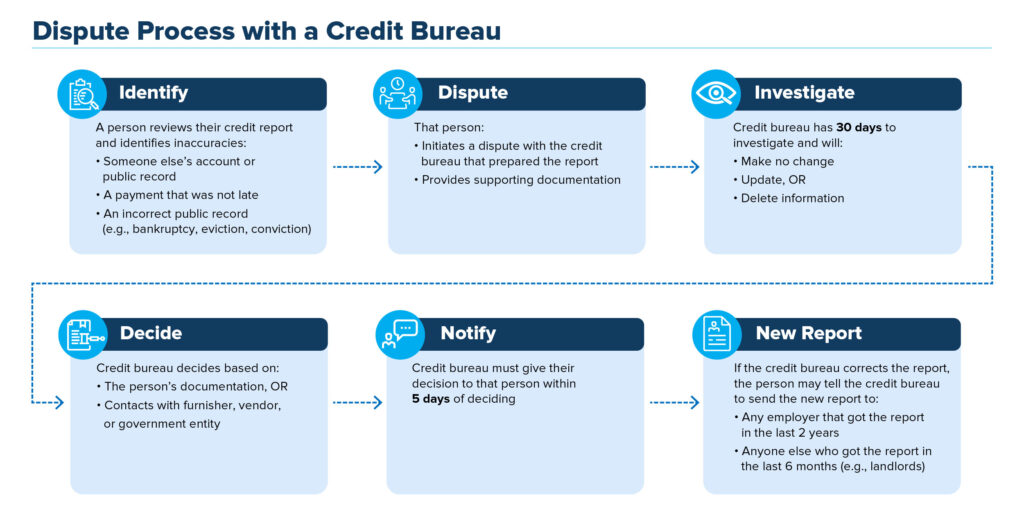
This image is property of consumer.ftc.gov.
Understanding Credit Reports
What is a credit report?
A credit report is a detailed record of an individual’s credit history and financial activities. It contains information such as personal identification, credit accounts, payment history, balances, and public records. Credit reports are maintained by credit bureaus and used by lenders, landlords, and other authorized entities to assess an individual’s creditworthiness and make decisions about granting credit or services.
Why is it important to monitor your credit report?
Monitoring your credit report is essential for several reasons. Firstly, it allows you to stay on top of your financial health and be aware of any changes or discrepancies that may affect your credit score. Secondly, monitoring helps in the early detection of fraudulent activity, such as unauthorized accounts or identity theft, which can have significant consequences on your financial well-being. By keeping a close eye on your credit report, you can promptly address and resolve any issues, ensuring the accuracy and integrity of your credit history.
Recognizing Fraudulent Activity
Types of fraudulent activity on credit reports
Fraudulent activity on credit reports can take various forms, including:
-
Identity theft: When someone fraudulently uses your personal information to open new credit accounts, make unauthorized purchases, or conduct illegal activities.
-
Account takeover: When a fraudster gains access to your existing credit accounts and makes unauthorized changes, such as changing contact information or increasing credit limits.
-
Inaccurate reporting: Instances where incorrect information, such as late payments or defaults, is reported on your credit report, damaging your credit score.
Red flags to watch out for
While monitoring your credit report, it is important to be vigilant and lookout for signs of fraudulent activity. Some red flags to be aware of include:
-
Unfamiliar accounts: Spotting accounts or credit cards that you did not open or recognize is a clear indication of potential fraudulent activity.
-
Inaccurate personal information: Any discrepancies in your personal information, such as name misspellings or incorrect addresses, may be a sign that someone has tampered with your credit report.
-
Suspicious inquiries: Multiple inquiries from unfamiliar lenders or businesses can suggest someone is attempting to fraudulently open credit in your name.
-
Drastic changes in credit utilization: Rapid and unexplained increases in credit card balances or credit utilization ratios can indicate fraudulent activity or identity theft.
Obtaining and Reviewing Your Credit Report
How to request a copy of your credit report
To obtain a copy of your credit report, follow these steps:
-
Visit the website AnnualCreditReport.com, which is the centralized platform for accessing free credit reports from the three major credit bureaus – Equifax, Experian, and TransUnion.
-
Fill out the necessary information, including your name, date of birth, Social Security number, and address.
-
Select which credit reports you would like to request – you can choose to obtain reports from all three bureaus or select specific ones.
-
Answer security questions to verify your identity.
-
Review and download your credit reports once they are available.
How to interpret and analyze your credit report
When analyzing your credit report, pay attention to the following key elements:
-
Personal information: Review your name, address, and other identifying details for accuracy.
-
Account history: Examine the list of credit accounts, including credit cards, loans, and mortgages, ensuring all accounts are familiar and valid.
-
Payment history: Check payment statuses and look for any late payments or delinquencies that may negatively impact your credit score.
-
Credit inquiries: Take note of any recent inquiries by potential lenders or service providers, making sure they align with your recent credit activities.
-
Public records: Look for any bankruptcies, judgments, or tax liens listed on your report, as they can significantly impact your creditworthiness.
Reporting Fraudulent Activity
Who to contact when you suspect fraudulent activity
If you identify fraudulent activity on your credit report, take immediate action by contacting the following entities:
-
Credit bureaus: Inform all three major credit bureaus (Equifax, Experian, TransUnion) about the fraudulent accounts or discrepancies on your credit report. Request that a fraud alert be placed on your file.
-
Financial institutions: Reach out to the financial institutions associated with the fraudulent accounts and inform them of the situation. Request the closure of the fraudulent accounts and dispute any unauthorized transactions.
-
Federal Trade Commission (FTC): File a report with the FTC using their official website or by calling their Identity Theft Hotline. This helps create an official record of the fraud and provides guidance on the necessary steps to take.
What information to provide when reporting fraud
When reporting fraudulent activity, provide the following information to the relevant authorities:
-
Your contact information: Include your name, address, phone number, and email address.
-
A detailed description of the fraud: Explain the specific fraudulent activities, including unauthorized accounts, transactions, or changes to your personal information.
-
Supporting documents: Gather any relevant documents, including credit reports, account statements, or correspondence related to the fraudulent activity.
-
Incident reports and reference numbers: If you have previously reported the fraud to law enforcement or credit bureaus, provide any incident or reference numbers associated with those reports.
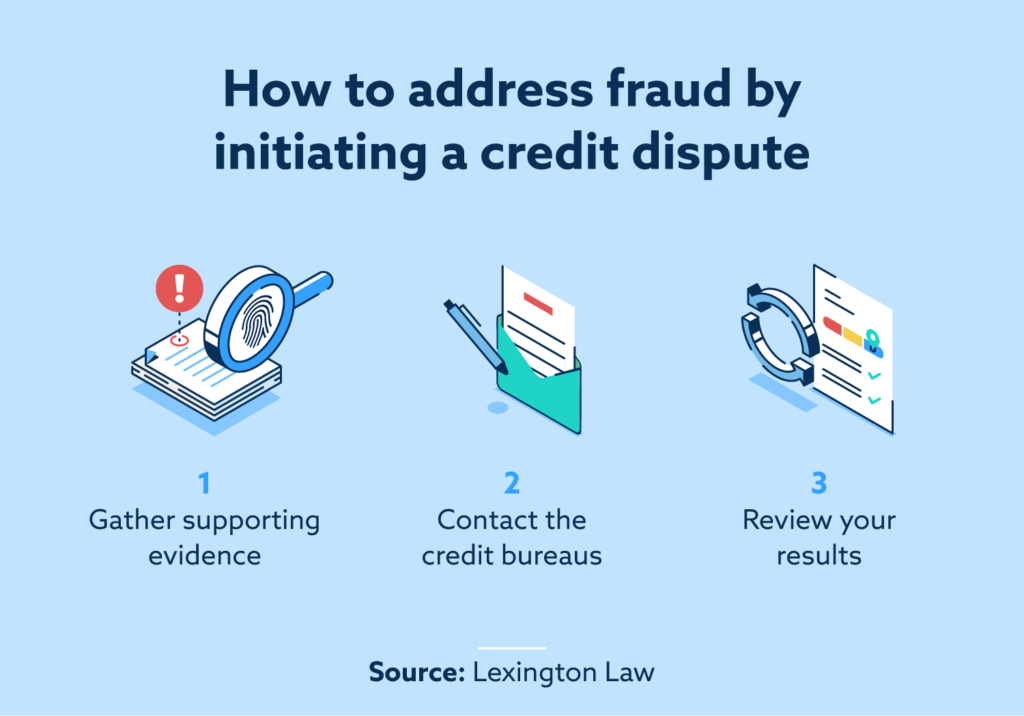
This image is property of www.lexingtonlaw.com.
Freezing Your Credit
What is a credit freeze?
A credit freeze, also known as a security freeze, is a proactive measure that restricts access to your credit report. By initiating a credit freeze, you prevent potential lenders or creditors from viewing your credit history, making it challenging for identity thieves to open new accounts in your name.
How to place a credit freeze on your credit report
To place a credit freeze on your credit report, follow these steps:
-
Contact all three credit bureaus individually – Equifax, Experian, and TransUnion.
-
Request a credit freeze by providing the necessary identification and personal information.
-
Pay any applicable fees, if required, though some states provide this service for free.
-
Upon confirmation, the credit bureaus will place a freeze on your credit reports, restricting access to your information.
It is important to note that when you need to apply for new credit or services requiring a credit check, such as opening a new bank account or obtaining a loan, you will need to temporarily lift or thaw the credit freeze.
Monitoring Your Credit
The importance of ongoing credit monitoring
Ongoing credit monitoring plays a vital role in safeguarding your financial well-being. By regularly monitoring your credit, you can:
-
Detect and prevent potential fraud: Promptly identify any unauthorized activities or suspicious changes on your credit report.
-
Address errors and discrepancies: Spot any inaccuracies or reporting errors and take immediate steps to rectify them, ensuring an accurate credit history.
-
Maintain a good credit score: By staying updated on your credit report, you can proactively manage factors that influence your credit score, such as payment history, credit utilization, and derogatory marks.
Options for credit monitoring services
Several options exist for credit monitoring, including:
-
Credit monitoring agencies: These agencies offer services that actively track and alert you of changes to your credit report, such as new accounts, inquiries, or credit limit changes.
-
Credit monitoring apps: Various mobile applications provide real-time credit monitoring, allowing you to access your credit information and receive notifications directly on your smartphone.
-
Credit card issuers and financial institutions: Many credit card companies and banks offer free credit monitoring services as a benefit to their customers.
Be sure to research and choose a credit monitoring option that best fits your needs and provides comprehensive coverage.
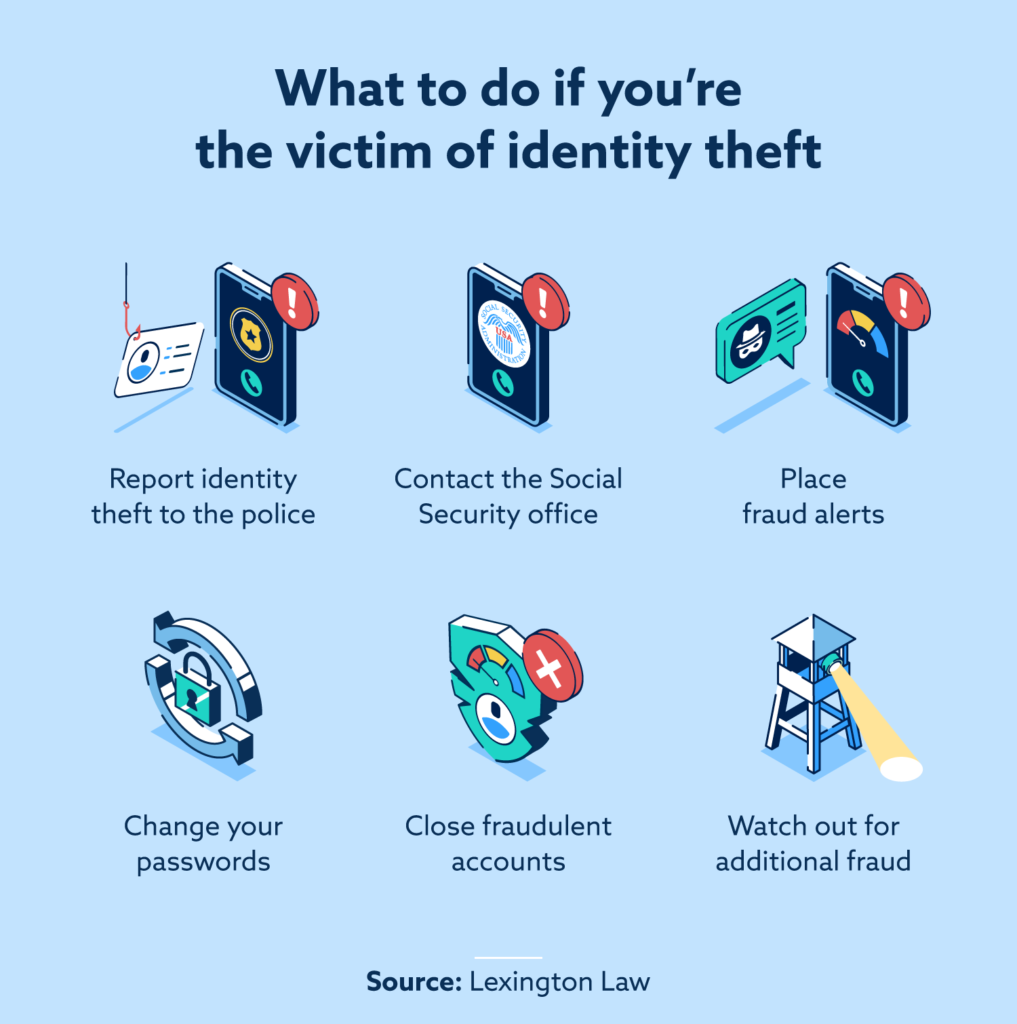
This image is property of www.lexingtonlaw.com.
Resolving Fraudulent Activity
Steps to take to resolve fraudulent activity
If you discover fraudulent activity on your credit report, here are the steps to resolve the situation:
-
Contact the fraud department: Reach out to the fraud department of each creditor or financial institution involved in the fraudulent activity. Explain the situation, provide evidence, and request the closure of the fraudulent accounts.
-
File a police report: Visit your local police station or file a report online to document the fraudulent activity. Obtain a copy of the police report as evidence of the crime.
-
Submit an identity theft affidavit: Complete an identity theft affidavit, available on the FTC website, to officially report the identity theft and provide additional supporting information.
-
Dispute inaccurate information: To remove fraudulent accounts or erroneous information from your credit report, file a dispute with the credit bureaus. Include the necessary documentation and explain the inaccuracies in detail.
Working with credit bureaus and creditors to rectify issues
During the resolution process, it is crucial to maintain clear communication with both the credit bureaus and creditors involved. Provide any requested documentation promptly, follow up regularly, and keep a record of all correspondence and interactions. Remember to stay persistent until the fraudulent activity is fully resolved, and the inaccuracies are corrected on your credit report.
Protecting Your Personal Information
Best practices for safeguarding your personal and financial information
To protect your personal and financial information from potential fraud, follow these essential best practices:
-
Use strong, unique passwords: Create complex passwords for your online accounts and avoid reusing them across different platforms. Consider using a secure password manager for added convenience and protection.
-
Secure your devices: Install reliable antivirus software, use firewall protection, and regularly update your operating system and applications to ensure optimal security.
-
Be cautious online: Avoid clicking on suspicious links, refrain from opening attachments from unknown senders, and be mindful of phishing attempts that imitate legitimate organizations.
-
Review privacy settings: Regularly review and update privacy settings on your social media accounts, ensuring you share personal information only with trusted connections.
Preventing future instances of fraud
To prevent future instances of fraud, take the following preventive measures:
-
Monitor your accounts regularly: Routinely review bank statements, credit card bills, and other financial accounts for any signs of unauthorized transactions or suspicious activities.
-
Shred sensitive documents: Dispose of financial statements, bills, or other documents containing personal information by shredding them to prevent dumpster diving.
-
Stay informed about the latest security practices: Stay updated on security best practices and emerging fraud trends to stay ahead of potential threats.
-
Consider identity theft protection services: Evaluate reputable identity theft protection services that offer comprehensive monitoring, alerts, and insurance coverage for added peace of mind.
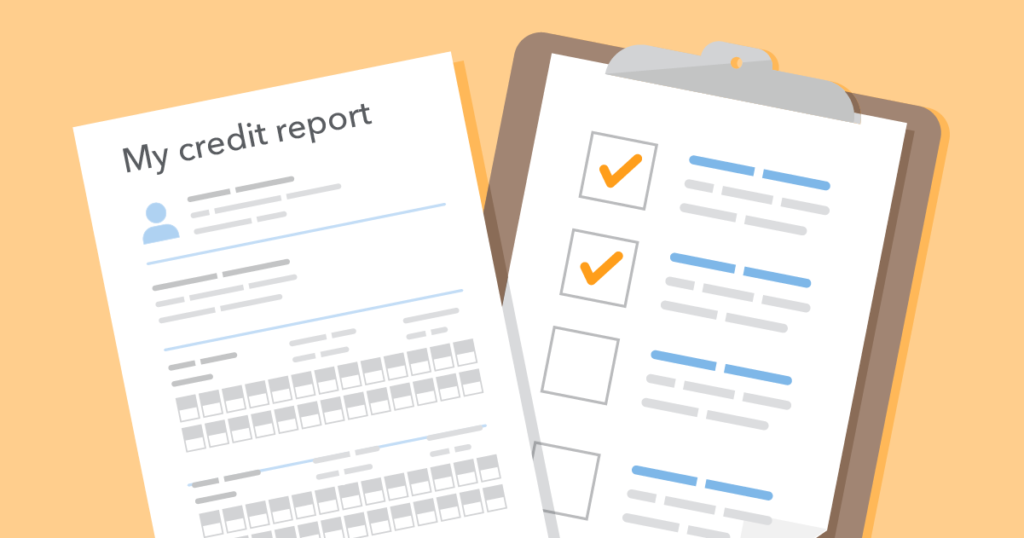
This image is property of s3.amazonaws.com.
Legal Rights and Credit Laws
Understanding your rights as a victim of fraud
As a victim of fraud, you have specific rights that protect you during the recovery process. These rights include:
-
Fair Credit Reporting Act (FCRA): Under the FCRA, you have the right to dispute inaccuracies on your credit report, request a free copy of your credit report annually, and place a fraud alert or credit freeze on your file.
-
Fair Debt Collection Practices Act (FDCPA): The FDCPA protects you from abusive or unfair debt collection practices by setting guidelines that debt collectors must follow when contacting you.
-
Identity Theft and Assumption Deterrence Act: This act focuses specifically on identity theft and establishes criminal penalties for individuals involved in identity-related crimes.
Laws and regulations that protect consumers
In addition to your individual rights, several laws and regulations protect consumers in the realm of credit reporting and fraud prevention, including:
-
The Consumer Financial Protection Bureau (CFPB): This regulatory agency oversees and enforces federal consumer protection laws, ensuring credit reporting agencies and financial institutions comply with industry standards.
-
The Identity Theft Resource Center (ITRC): The ITRC is a nonprofit organization that assists victims of identity theft, providing resources and support to navigate the recovery process.
-
State-specific laws: Some states have additional laws that offer enhanced protection for consumers in the event of credit fraud or identity theft. Research your state’s laws and regulations to understand the specific protections available to you.
Rebuilding Your Credit
Rebuilding credit after experiencing fraudulent activity
Rebuilding your credit after experiencing fraudulent activity may require some time and effort. Follow these steps to begin the process:
-
Keep monitoring your credit: Continue to monitor your credit reports regularly to ensure no new fraudulent activity occurs.
-
Dispute inaccuracies and fraudulent accounts: Follow up with the credit bureaus and creditors to ensure that all fraudulent accounts are closed and inaccuracies are removed from your credit report.
-
Make timely payments: Pay all your bills and credit obligations on time to maintain a positive payment history.
-
Establish new credit accounts cautiously: Open new credit accounts judiciously, focusing on loans or credit cards that can help rebuild your credit. Be sure to make timely payments and keep credit utilization low.
Tips for improving your credit score
To improve your credit score, implement the following strategies:
-
Pay down debt: Reduce your outstanding balances by making regular payments and focusing on paying off high-interest debts first.
-
Maintain low credit utilization: Keep your credit utilization ratio below 30% by using a smaller portion of your available credit limit.
-
Diversify your credit mix: Consider having a mix of different types of credit accounts, such as credit cards and installment loans, to demonstrate responsible credit usage.
-
Build positive credit history: Continue making on-time payments, avoiding late payments or defaults, which will gradually improve your creditworthiness over time.
By following these steps and practicing responsible financial habits, you can rebuild your credit and restore your financial reputation after falling victim to fraudulent activity.
In conclusion, understanding credit reports, recognizing fraudulent activity, obtaining and reviewing your credit report, reporting fraudulent activity, freezing your credit, monitoring your credit, resolving fraudulent activity, protecting your personal information, understanding your legal rights, and rebuilding your credit are all essential aspects of safeguarding your financial health. By staying vigilant, taking proactive measures, and being informed, you can protect yourself from potential fraud and maintain a strong credit profile. Remember to regularly monitor your credit report, report any suspicious activity immediately, and follow the necessary steps to rectify any inaccuracies or fraudulent accounts.
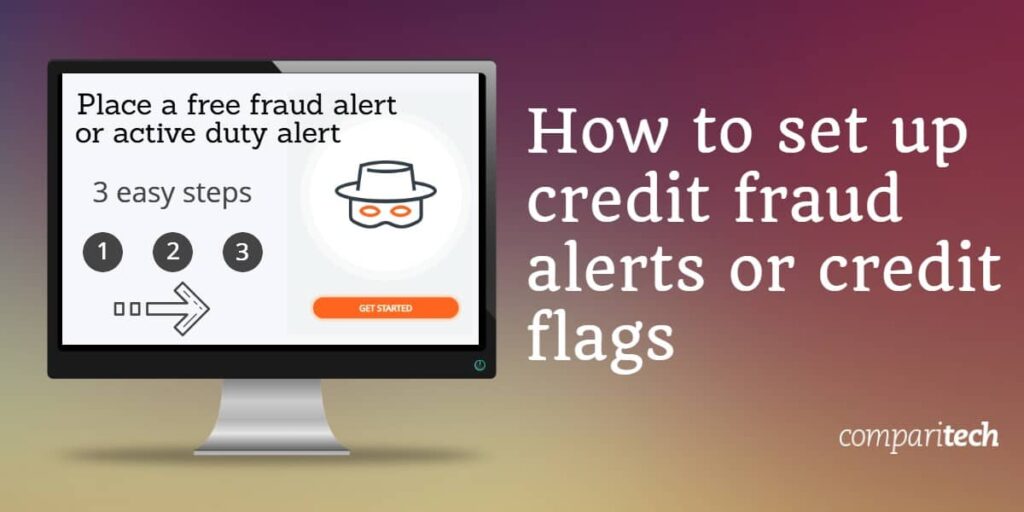
This image is property of cdn.comparitech.com.
